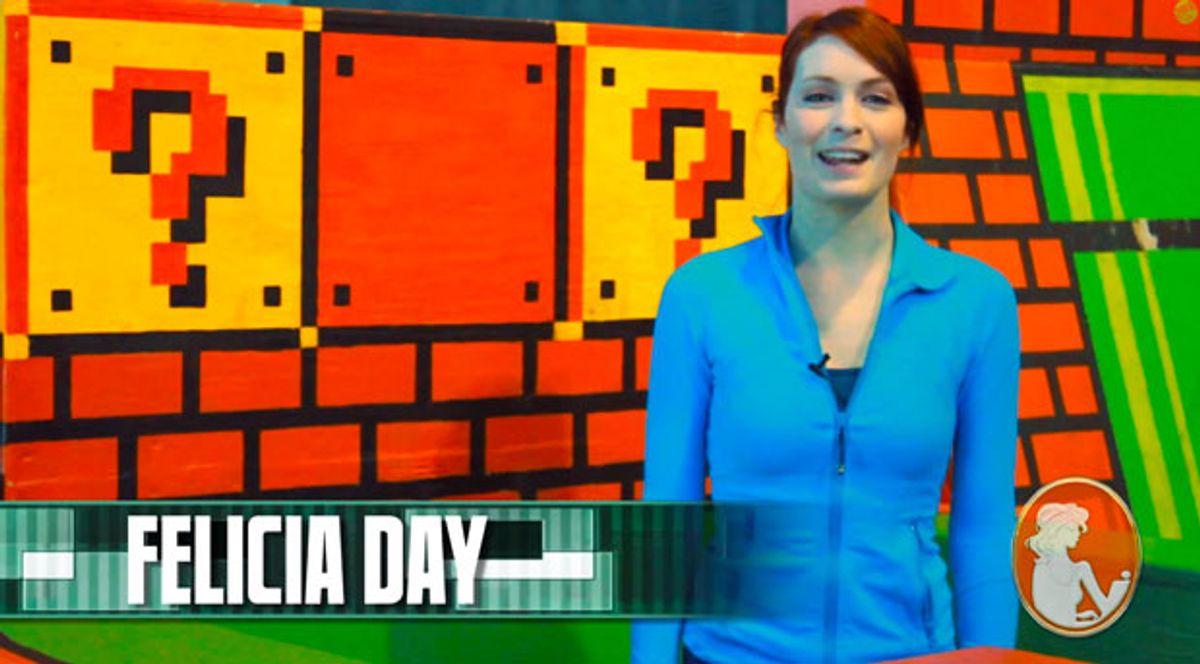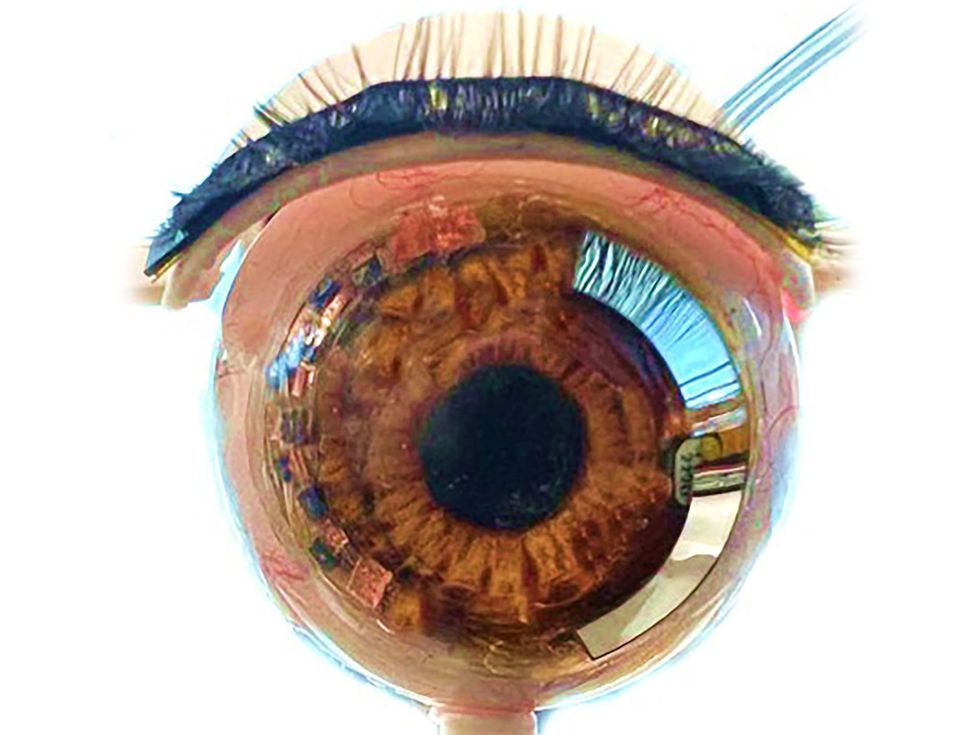Over the past decade, the Internet has become an alternative video empire, with hundreds of Web series that have some critics and scholars already imagining a post-network-television future. And in May in New York City, advertisers reacted with an infusion of cash.
During the week of Digitas NewFront, companies such as AOL, Yahoo, and YouTube present their original, professionally produced video content to auditoriums full of potential ad buyers. The NewFront program is modeled closely on the television industry’s annual “upfronts,” when U.S. networks present their fall schedules.
One widely cited estimate put the ad buys at this year’s NewFront at US $1 billion. By comparison, prime time TV’s pot of gold at the 2013 upfronts will likely be around $9 billion.
According to Brian Wieser, an analyst at Pivotal Research Group, a media and communications equity research firm in New York City, hard numbers on ad buys are scarce and often unreliable. But he says two facts are certainly clear: The trend line for online video is going up, although the raw numbers still pale compared to those of broadcast and cable TV.
Steven Rosenbaum, CEO of Internet ad company Magnify.net, thinks this year’s NewFront heralded a turning point for original online video. He says that previous NewFronts (and online portions of traditional upfronts) were more of a sideshow: “In the past, people went mostly for fun. This year people seemed to be there to do business.”
The NewFront presentations themselves, Rosenbaum says, also showcased the disparate directions that professionally produced online video is taking, Rosenbaum says. AOL and Yahoo looked the most like traditional cable networks, with celebrity stars and series focused on key advertising demographics.
AOL presented 15 new shows, including “Simpsons” vocal talent Hank Azaria’s reality show “Fatherhood,” Sarah Jessica Parker’s documentary series “City Ballet,” Gwyneth Paltrow’s “Second Chances” (a show about women overcoming hardships), and Nicole Richie’s “#CandidlyNicole,” a lifestyle series based on her Twitter feed. Yahoo’s six slick new shows also look like they could be on a cable lineup, with Ed Helms starring in “Tiny Commando” (about a private investigator who’s four inches tall) and the Morgan Spurlock–produced “Losing Your Virginity With John Stamos.”
Hulu and Crackle (a Sony Pictures Television Web channel) previewed programming intended to draw viewers to their sites and hopefully have them stick around to watch some of their extensive television and movie backlists. New programs include “Cleaners” starring David Arquette and “Mother Up!” with Eva Longoria, while Jerry Seinfeld returns with “Comedians in Cars Getting Coffee.”
YouTube, Rosenbaum says, was “shockingly different.” Instead of traditional stars, the Google-owned site’s approach centered around native-born viral sensations, like violinist Lindsey Stirling, Felicia Day (“Geek & Sundry”), and the AwesomenessTV network’s Audrey Whitby.
The NewFronts are just the latest sign that online video is emerging as a serious competitor to television, says media scholar Aymar Jean Christian of Northwestern University’s School of Communication. He noted that the NewFront events are the tip of iceberg, saying that there are hundreds of Web series and video programs that indie creators are posting online and aggregating impressive audiences.
“There are plenty of shows that have viewers in the hundreds of thousands,” he says, “the same as HBO shows or shows on FX.” Last month, Christian posted “Indie TV Innovation,” a series of interviews and essays that feature some of his favorite independently produced online video programs today.
Pivotal Research Group’s Wieser says that by any bottom-line metric, online video may be starting strong, but it still has a long way to go. He forecasts advertising for online video content to be $3 billion this year and $3.4 billion next year. But he also predicts that all traditional television advertising (including local and syndicated programming) will net out at $176 billion this year and $184 billion in 2014.
Yet, Rosenbaum adds, the Yellow Pages looked like a pretty stable business a few years ago too. “If you’re an advertiser today, are you buying print? Sure. Are you buying newspapers? Probably not so much. Are you putting an ad in the Yellow Pages? Probably not,” he says. “Things change, and in order to be a survivor, you need to know when the changes occur.”
Margo Anderson is the news manager at IEEE Spectrum. She has a bachelor’s degree in physics and a master’s degree in astrophysics.



